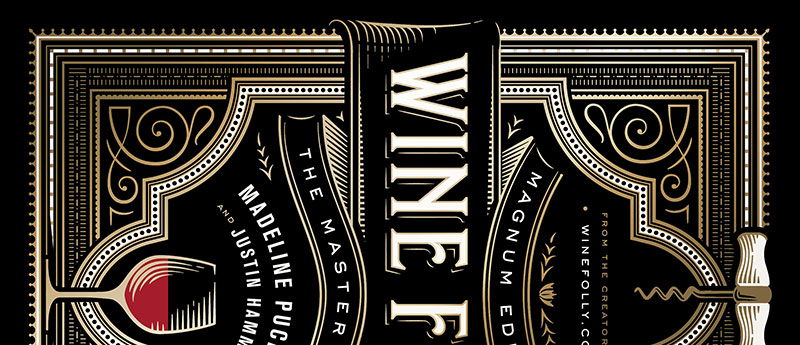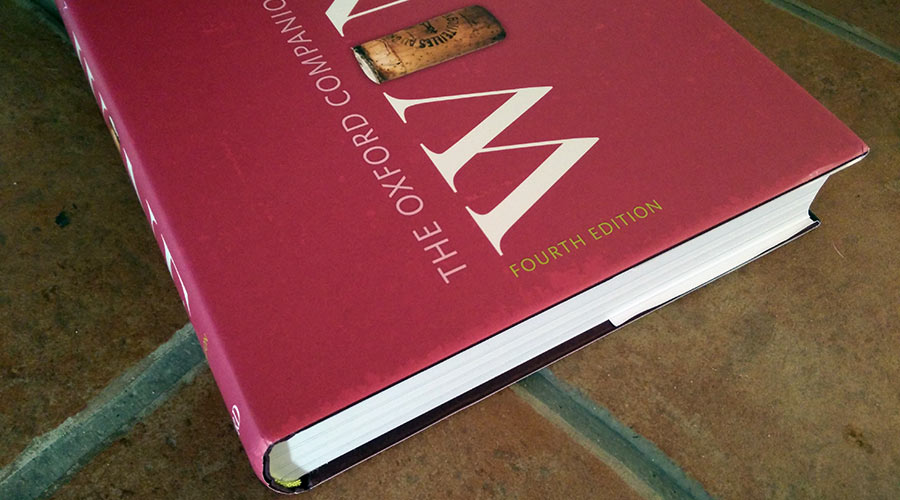Author, Michael Biddick sets out with an interesting proposal to analyze the world’s wine regions and essentially generate a group of 43 that encapsulate what is wine in the world, thus the title, “43 Wine Regions“. I was intrigued by the idea and given that he has a technology background that slid into wine, I could readily relate to where he was coming from. His goal is one that we can always use more of in that he strives to make wine more approachable and accessible. It’s a vast, daunting […]

